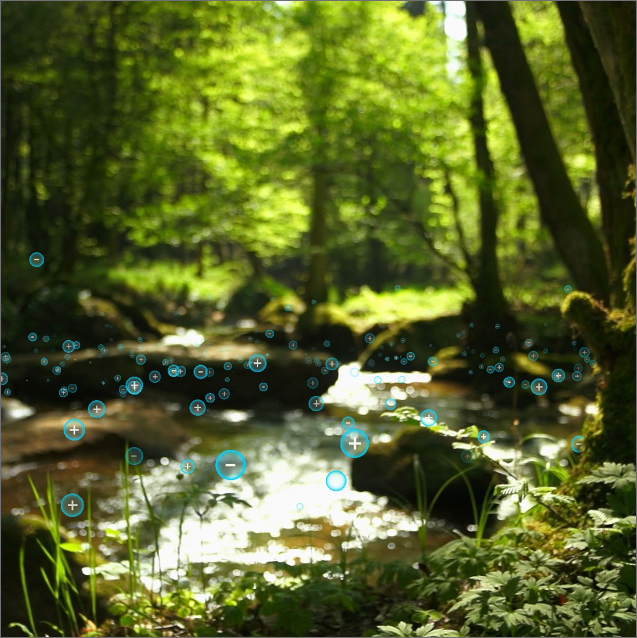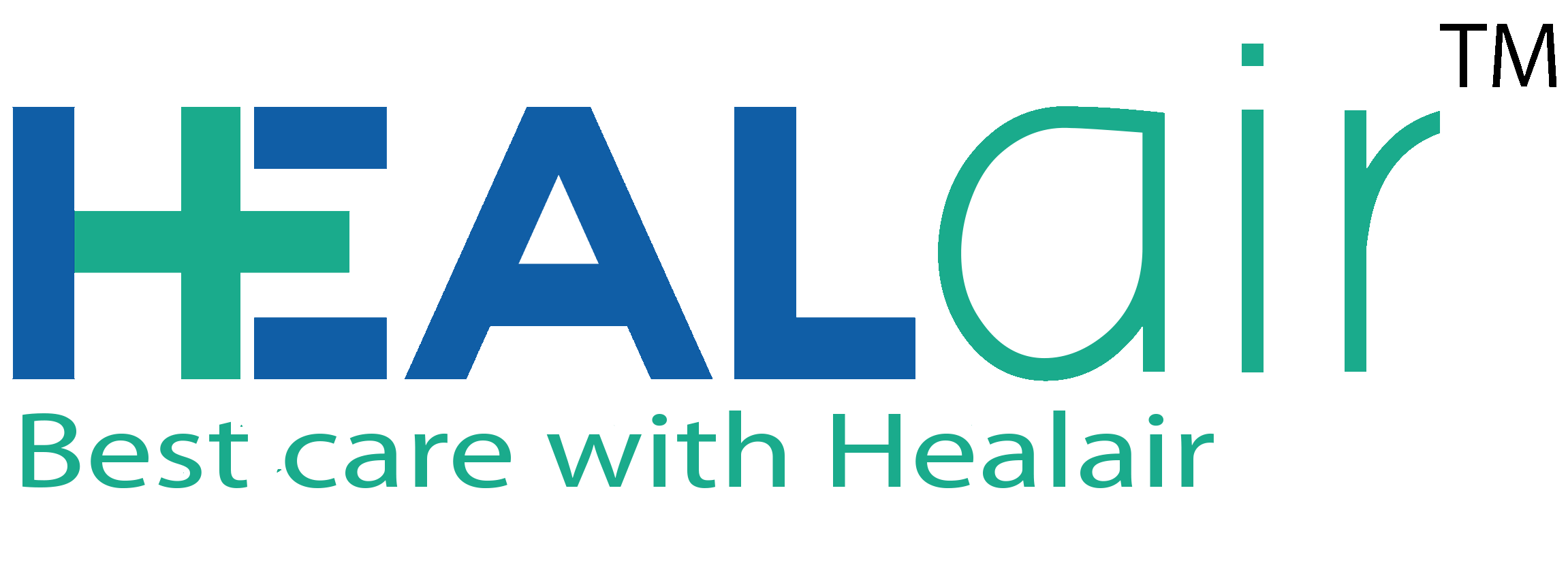How Ionization Works
Viruses are light and stay suspended in the air. Natural air flow alone does not ensure its transportation to a purification system.
The plasma generator in the unit produces ions which attach to airborne pathogens and dust particles, making them larger in size. This extra mass allows the unwanted particles to move with the air stream, rather than remaining suspended in the air. The particles then flow into the unit where they are inactivated and filtered out.
Unlike other purification systems, Heal Air doesn’t wait for the pollutants to find the unit. Instead, it actively seeks out and neutralizes viruses, outperforming other systems in the market.
An ion is an atom that has a positive or negative charge. When an atom or molecule has an equal number of protons and electrons, it is balanced or neutral. If an electron is lost the atom becomes positively charged. If an electron is gained, it becomes negatively charged. Air is a mixture of gases including nitrogen, oxygen, carbon dioxide, water vapor, any one or more of which can be ionized. When these gas molecules gains or loses an electron, it becomes charged and thus called air ions.
One of the method Ions are generated is corona ionization. An electrical current is used to create bipolar ionized air. A high-voltage electrical current composed of a flow of negatively charged electrons is applied to a metal prong/needle. With electrostatic repulsion, the electrons detach from the prong/needle travel through the air, attaching themselves to the molecules or nitrogen/oxygen. From this, negative ions are formed, which attract to the static charge in the working environment, therefore neutralizing it. These ions also attract certain types of molecules in the work environment like dust and other air particulates. These particulates cluster around the ion, weighing it down and forcing it to move thru air flow or fall to the ground thus cleaning the air.

